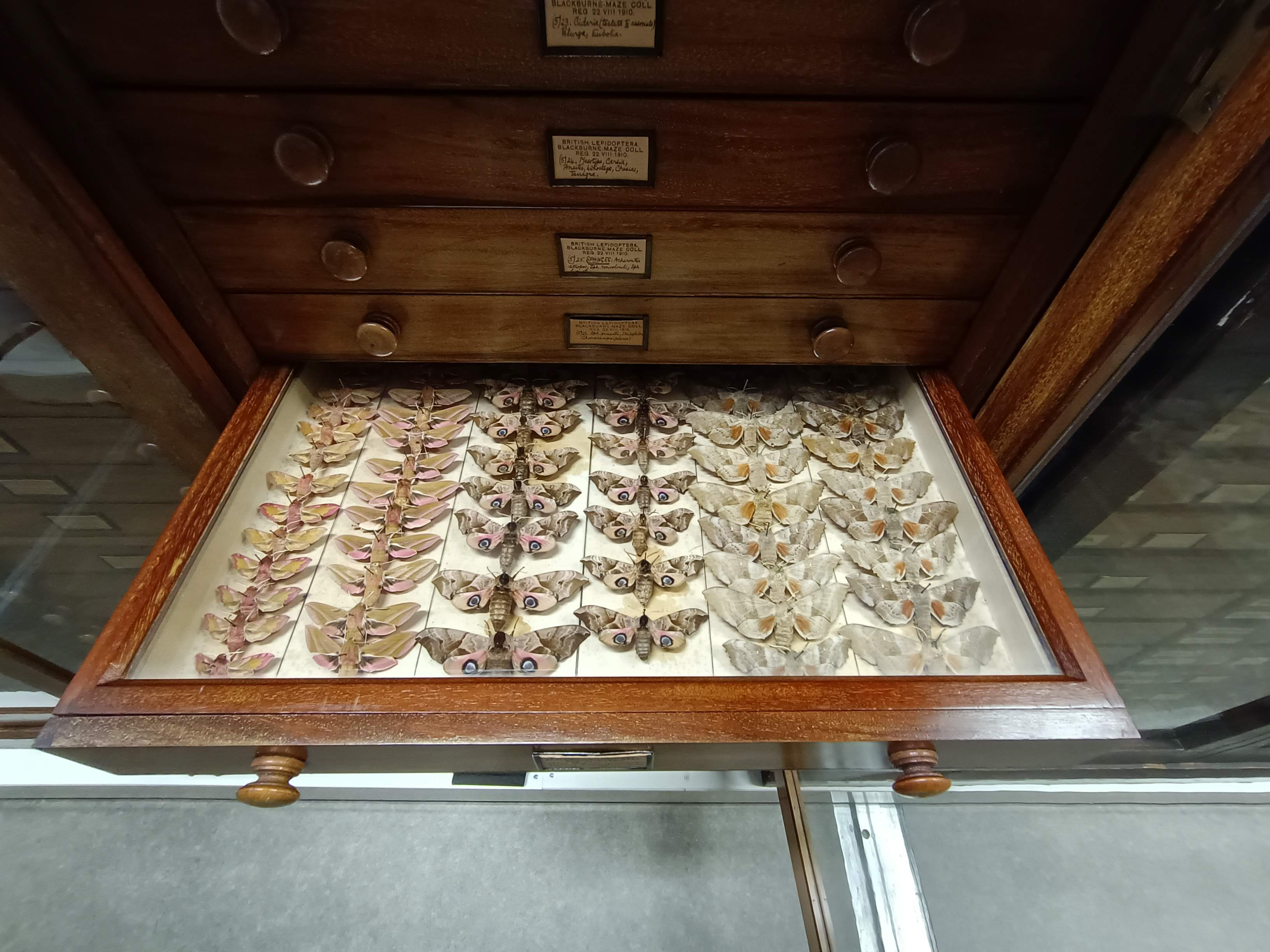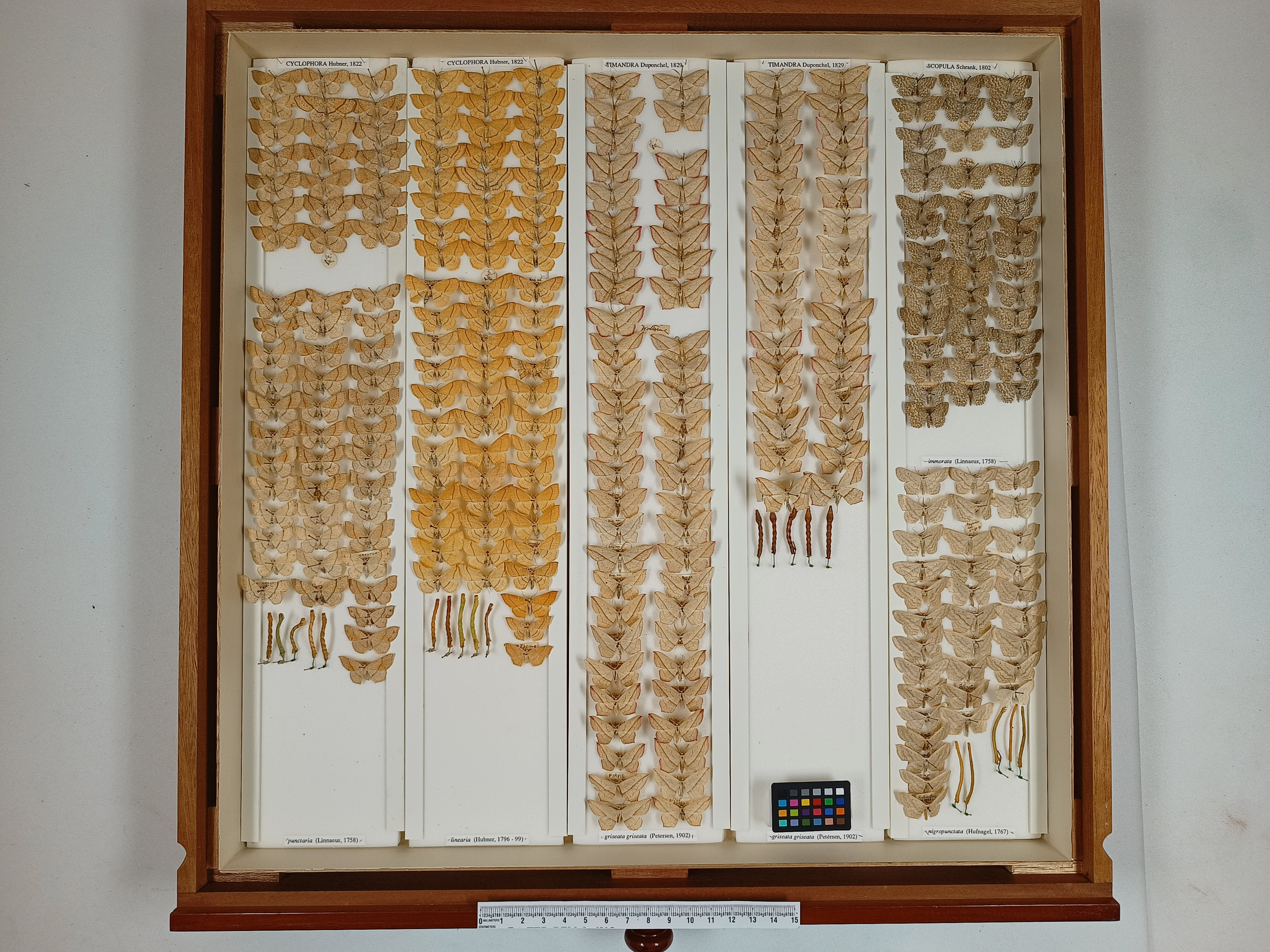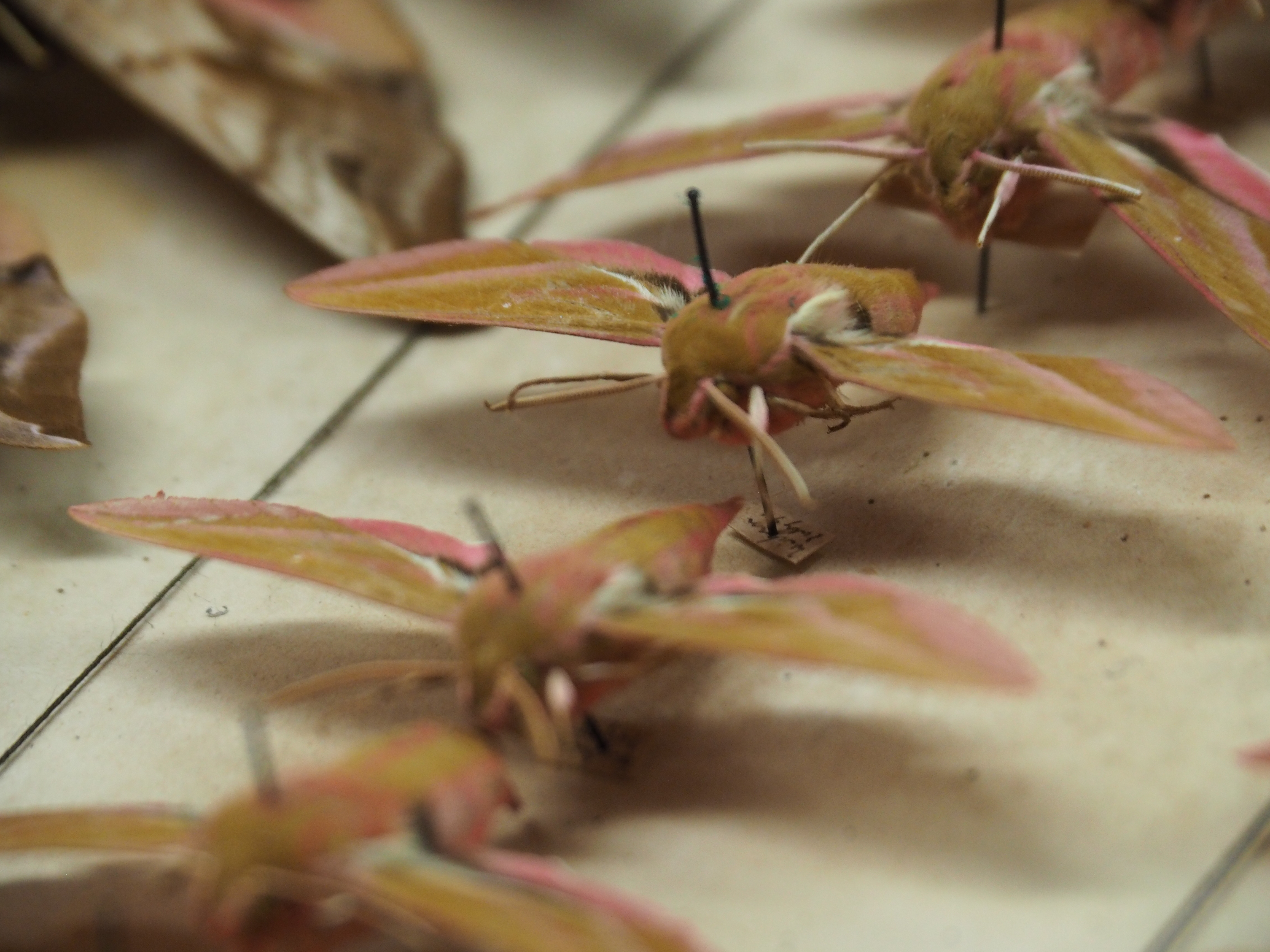Affordable digitisation of insect collections using photogrammetry
This is an idea proposed in 2025 as a Cambridge Computer Science Part III or MPhil project, and is currently being worked on by
Insects dominate animal biodiversity and are sometimes called "the little things that run the world". They play a disproportionate role in ecosystem functioning, are highly sensitive to environmental change and often considered to be early indicators of responses in other taxa. There is widespread concern about global insect declines Wagner et al. (2020) Insect decline in the Anthropocene: Death by a thousand cuts. PNAS, 118, e2023989118. DOI: 10.1073/pnas.2023989118 van Klink et al. (2020) Meta-analysis reveals declines in terrestrial but increases in freshwater insect abundances. Science 368, 417-420. DOI:10.1126/science.aax9931 Didham et al. (2020) Interpreting insect declines: seven challenges and a way forward. Insect Conservation and Diversity 13, 102-114. DOI: 10.1111/icad.12408
The Insect Collection at the University Museum of Zoology, Cambridge holds over 1.2 million specimens. These include specimens collected from the early 19th century to the present day. Most specimens remain undocumented and unavailable for analysis. However, they contain data that are critical to understanding long-term species and community responses to anthropogenic change, and vital to evaluating whether short-term declines are representative of longer-term trends Kharouba et al. (2018) Using insect natural history collections to study global change impacts: challenges and opportunities. Philosophical Transactions of the Royal Society of London. Series B, Biological Sciences, 374, 20170405. DOI: 10.1098/rstb.2017.0405 Meineke et al. (2018) Biological collections for understanding biodiversity in the Anthropocene. Philosophical Transactions of the Royal Society of London. Series B, Biological Sciences, 374, 20170386. DOI: 10.1098/rstb.2017.0386
The 3D digitisation of specimens using current methods is either highly time-intensive or expensive, rendering it impossible to achieve across the collection in a reasonable time-frame. Yet, 3D models of specimens have huge potential for investigating species morphological responses to anthropogenic changes over time and identification of trade-offs in morphological responses within a 3D morphospace.


This project aims to develop a reproducible low-cost method of digitising specimens using commodified software to achieve large-scale efficient 3D digitisation of specimens. The student will experiment and develop the methods on the UMZC UK macromoth collection, and would gain experience in insect specimen handling and digitisation, as well as developing knowledge on the role of museum specimens in understanding the biodiversity crisis and tackling global challenges.
Some early experiments we have done with high quality mobile phones such as an iPhone 16 show that even off-the-shelf software (sucn as Polycam) using both the Lidar and just normal photogrammetry modes are sufficient to do a remarkably high fidelity 3D reconstruction of moths. The project, therefore, could either go in the direction of an app that uses ARKit to facilitate an interactive scan, or towards building a low-cost rig within which the insect mounting board could be placed with the camera going around "on rails". Challenges will include developing the photogrammetry software pipeline, and also on matters of focus to ensure that the critical areas are measured appropriately accurately (such as the antenna).
